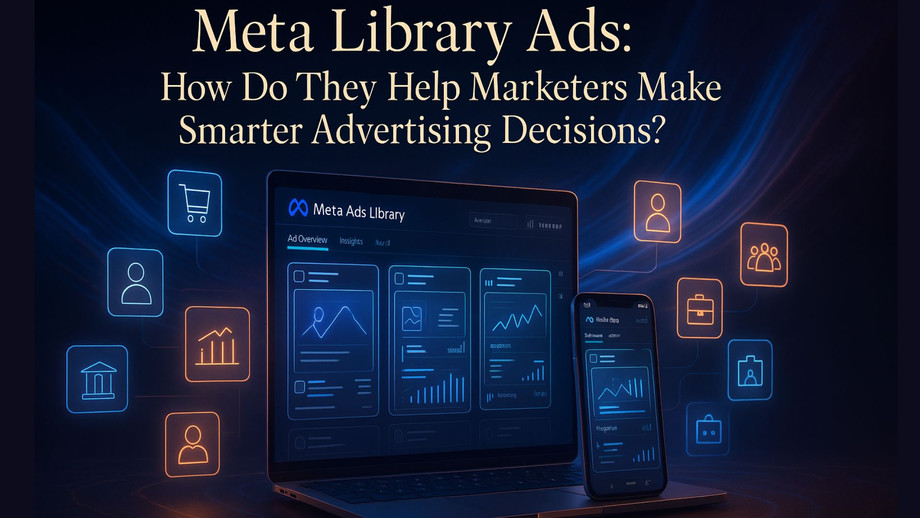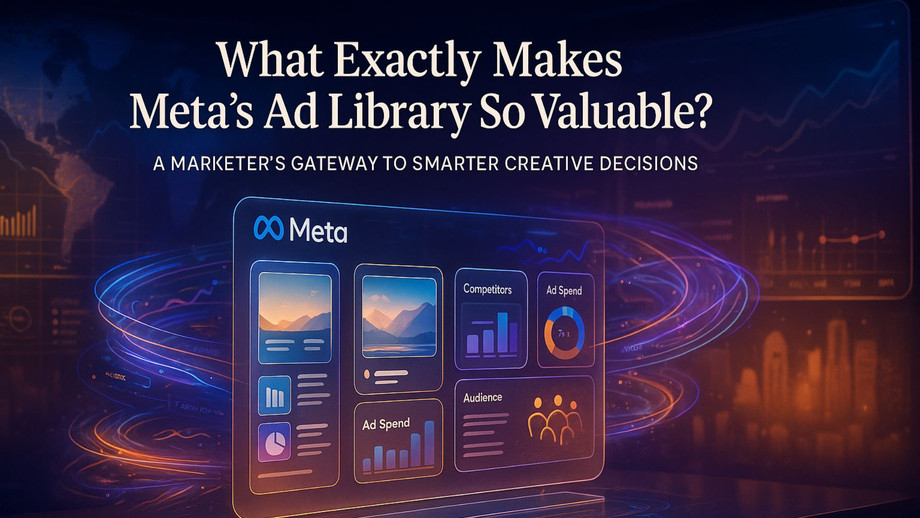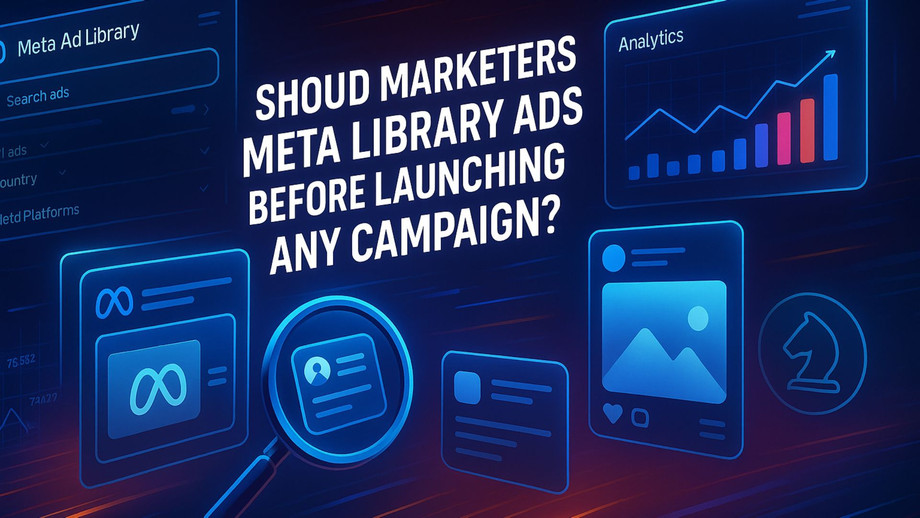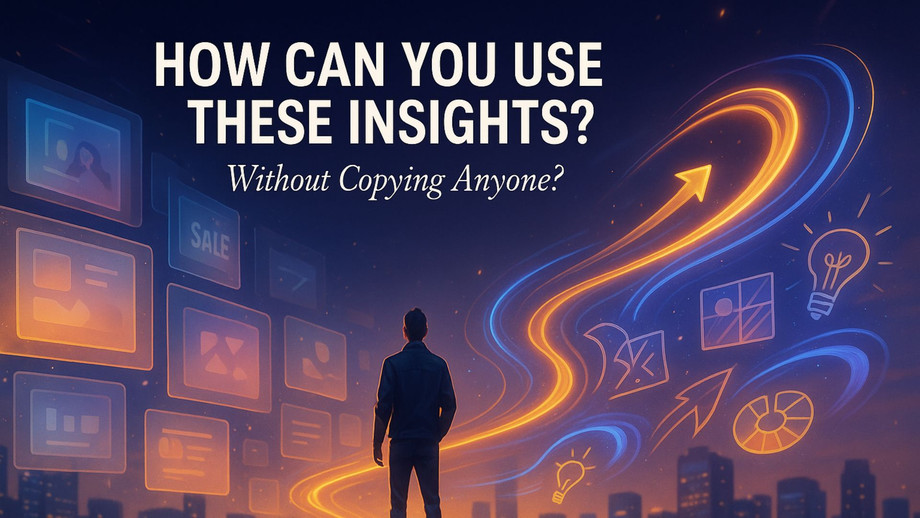Meta Library Ads: How Do They Help Marketers Make Smarter Advertising Decisions?
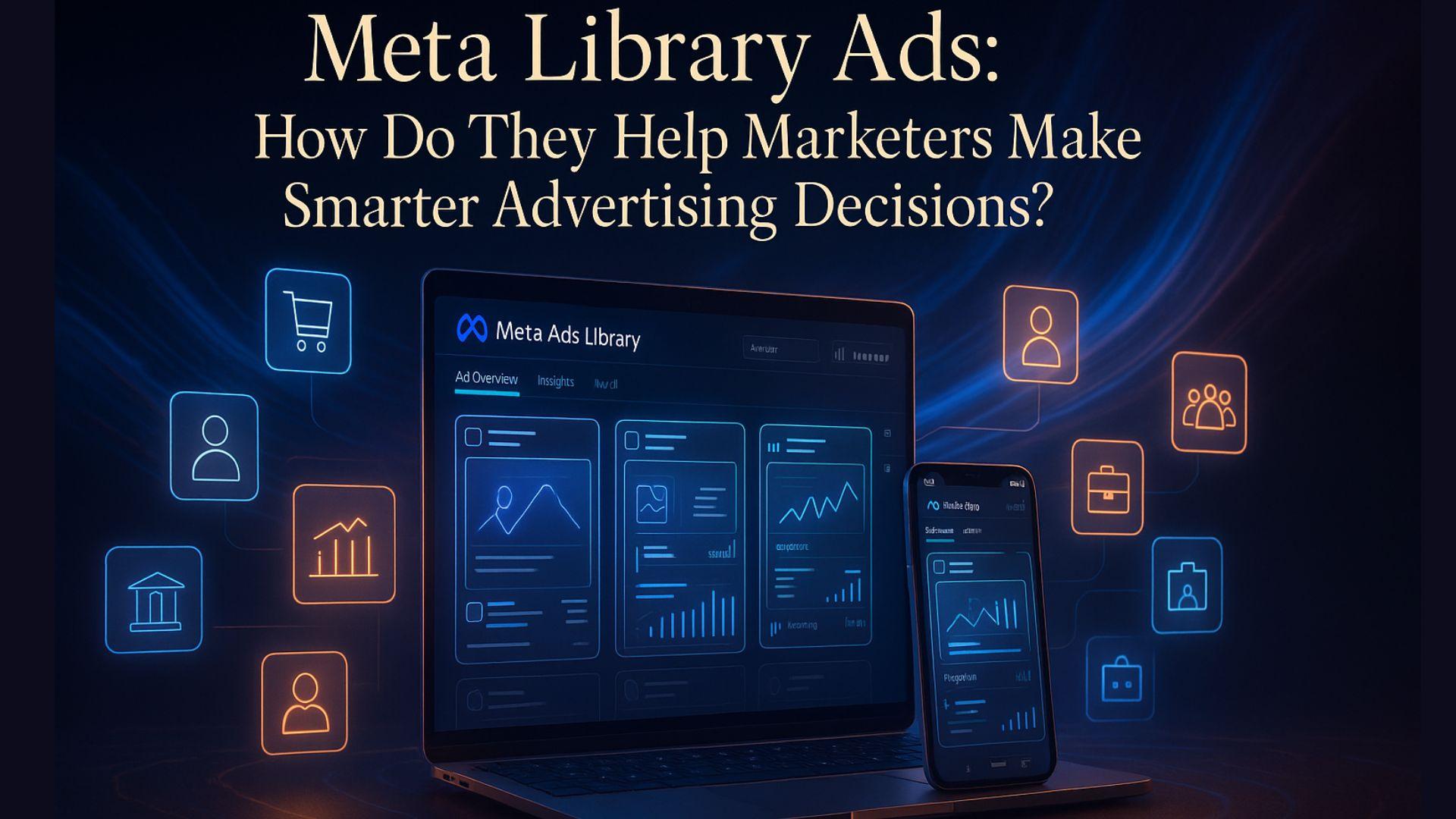
What if you could study every competitor’s ad, uncover hidden patterns, and predict winning strategies before you even launch your own campaigns? That’s exactly the question marketers ask when they explore how Meta’s transparent ad ecosystem truly works. Understanding this system isn’t just optional anymore; it has become one of the most reliable ways to build data-backed campaigns that perform consistently.
The answer to why this matters lies in how Meta structures public ad transparency. Every marketer, regardless of budget or experience, can now access a massive vault of real, active, and historical ads running across Facebook and Instagram. And unlike scattered research tools or loose market assumptions, this database gives you direct visibility into the creative, copy, placement, and targeting signals used by real brands. This is where the concept of Meta Ads library becomes so important to anyone trying to improve their advertising accuracy and creative decision-making.
What Exactly Makes Meta’s Ad Library So Valuable for Today’s Marketers?
The biggest advantage is the transparency it provides. Instead of guessing what your competitors might be doing, you see their ads exactly as they appear in the real world. You get clarity on messaging styles, creative formats, seasonal strategies, and how often their ads change. From a strategy perspective, this dramatically shortens the testing cycle because you start with proven patterns instead of assumptions.
Another reason this system stands out is its ease of use. You don’t need analytics expertise or paid subscriptions to access the library. Everything is available instantly, and the structure is clean enough for beginners while still offering depth for experts. This makes it possible for startups, agencies, and even freelancers to perform professional-level research without specialized tools.
Beyond strategy, the Instagram or Facebook ad library also helps in understanding trends. Consumer behavior changes quickly, and advertisers adapt even faster. By checking the ad library regularly, you naturally pick up shifts in popular formats, tone of voice, video usage, and brand positioning. This creates a sharper intuition for what works at any given moment.
How Does This Help Improve Your Overall Ad Performance?
The more data you observe, the better your creative decisions become. When you study which ads run for long periods, you get strong signals about content that performs well. When you notice frequent changes, it may indicate active A/B testing or underperforming messaging. Both insights can shape how you craft your own campaigns.
Ad fatigue is another challenge that most businesses face. By understanding how often leading brands refresh their creatives, you begin to see patterns that you can adapt for your own scheduling and creative rotations. Over time, this can save you both money and learning time.
The library also indirectly improves your understanding of audience expectations. When you see a large number of brands using similar hooks, formats, or visuals, it shows what consumers respond to at scale. This helps you refine your tone, storytelling, and value proposition without guessing.
Why Should Marketers Use It Before Launching Any Campaign?
Before creating an ad, most marketers try to answer key questions: What should the dynamic creative look like? What type of message performs best in this niche? What formats match current user preferences? Without references, arriving at these answers becomes a trial-and-error process.
The ad library eliminates this uncertainty by giving you real-world benchmarks. You can examine how established brands structure their ads, identify whether short videos outperform static images in your niche, see how brands use emotional hooks, and observe the types of CTAs used by successful campaigns.
This gives you a starting point grounded in market reality, not theory. And when combined with your own product or brand insights, this starting point becomes a powerful catalyst for building ads that resonate faster and convert better.
How Can You Use These Insights Without Copying Anyone?
This is a common concern for many businesses. The goal is never to imitate competitors. Instead, the idea is to understand the direction of the market, then create something more compelling, more refined, and more aligned with your audience.
It’s similar to studying successful movie trailers before creating your own. You don’t copy the scenes, but you understand pacing, tone, and emotional rhythm. You can use the library to spark ideas for color palettes, messaging flow, storytelling angles, or visual structures. Then, adapt those learnings into original creatives that match your brand voice.
You can also watch:-How to Search Advertisements Using Likes, Shares, and Comments - How to Tutorial Series | PowerAdSpy
Conclusion
Mastering ad performance in today’s digital world requires more than intuition. It requires visibility, competitive awareness, and a clear understanding of current consumer patterns. Meta’s transparency tools make this possible in a way that is simple, accessible, and incredibly powerful for anyone looking to enhance their advertising strategy. That’s how Meta Ads library empowers creativity rather than restricting it.
The more consistently you explore the library, the sharper your decision-making becomes. Over time, this transforms your campaigns from experimental to intentional, creating a stronger foundation for long-term advertising success.
FAQ
What is Meta’s Ad Library?
It is a public database that shows all active and historical Facebook and Instagram ads for transparency and research.
Can beginners use it effectively?
Yes, its layout is simple enough for beginners while still offering deep insights for advanced marketers.
Does the ad library show performance data?
No, but long-running ads often indicate strong performance signals based on creative longevity.
How often should marketers check the library?
Frequent observation helps you stay aligned with industry trends and spot creative shifts early.
- Art
- Causes
- Crafts
- Dance
- Drinks
- Film
- Fitness
- Food
- Spiele
- Gardening
- Health
- Startseite
- Literature
- Music
- Networking
- Andere
- Party
- Religion
- Shopping
- Sports
- Theater
- Wellness



